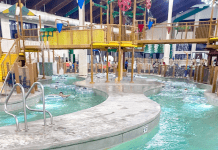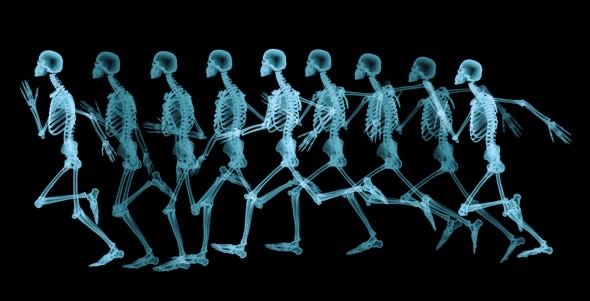 My second pregnancy began without a hitch and remained pretty textbook throughout. Then, at my 31-week checkup, a routine ultrasound revealed two findings: my amniotic fluid was lower than expected for that gestation and the baby was breech. The low fluid, though a bit scary, was not too alarming to me as I had experienced that with my first pregnancy, but the baby presenting itself as breech was completely new territory. Despite my efforts of trying multiple techniques like Spinning Babies exercises, visiting a chiropractor, and discovering I was not a candidate to manually flip the baby, our sweet little babe remained in the Frank Breech position. This meant his little tush was positioned lower towards the birth canal with his head and feet pointing upward toward my ribs. It eventually became pretty obvious that our little man would not be turning, so we opted to deliver via cesarean.
My second pregnancy began without a hitch and remained pretty textbook throughout. Then, at my 31-week checkup, a routine ultrasound revealed two findings: my amniotic fluid was lower than expected for that gestation and the baby was breech. The low fluid, though a bit scary, was not too alarming to me as I had experienced that with my first pregnancy, but the baby presenting itself as breech was completely new territory. Despite my efforts of trying multiple techniques like Spinning Babies exercises, visiting a chiropractor, and discovering I was not a candidate to manually flip the baby, our sweet little babe remained in the Frank Breech position. This meant his little tush was positioned lower towards the birth canal with his head and feet pointing upward toward my ribs. It eventually became pretty obvious that our little man would not be turning, so we opted to deliver via cesarean.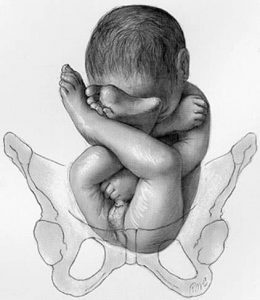
Weeks later that is exactly what happened, and all was well as we welcomed our second little boy, Nason, into the world. During the first few days of his life as I was busy soaking up the new baby smell and getting reacquainted with mothering a newborn, we were visited by the attending pediatrician. In addition to doing a routine physical exam on Nason, he also performed some exercises on his legs. He explained to us that Nason’s legs looked great, but since he had been breech, we would need to have his legs and hips checked. He said this would be done via ultrasound once Nason was six weeks old to ensure no damage had been done in utero that would have lasting effects.
On the day of Nason’s appointment we arrived at the Kennedy Outpatient Center for the ultrasound, which literally took about two minutes. I even joked with the nurse that it took us longer to find a parking spot than it did to be seen. It was evident I was in a rather happy mood and pretty confident that all would be well. I mean his legs looked perfectly fine and had not given him any trouble whatsoever, so why wouldn’t it be? That’s why you can understand my complete shock when I received a phone call the next day informing me Nason’s ultrasound revealed he has a condition called Developmental Dysplasia of the Hip, or DDH. The average Joe may not have automatically known what this was, but unfortunately, I knew it all too well. Hip dysplasia is basically when the hip socket is too shallow so the joint can easily dislocate. This is something I’d seen up close and personal my entire life through my mom.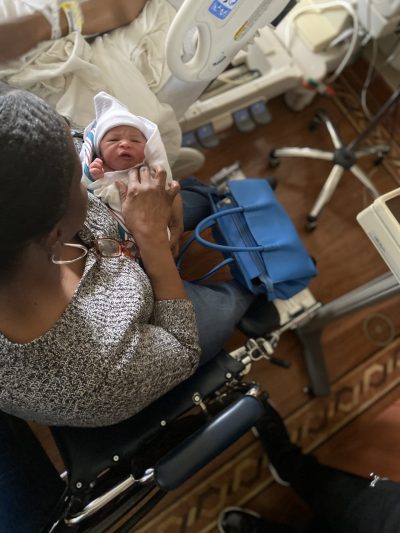
Back in the late 1950s she, too, was born breech and diagnosed with DDH. Her case was a very extreme one as the dysplasia would not only cause her hip to dislocate, but it also resulted in one of her legs being shorter than the other. As a result of this, she went on to have over thirty operations on her hips, legs, and feet, with three of those being failed attempts at total hip replacements. For as long as I can remember, my mom has limped, learned to live life in constant pain, and now as she has grown older, requires the assistance of a walker or wheelchair to be mobile. Time, the era in which she was born, and the decision to have children despite doctors’ recommendations, all played an equal part in her status today. So, you can understand when I was told my precious, and seemingly physically perfect, baby boy had the same condition, my heart immediately sank into my stomach. So did my mom’s when I shared the news with her. From there we had countless questions, but we would have to wait an entire week, which of course felt more like a year before we would be able to meet with the pediatric orthopedic specialist to get them answered.
On the day of Nason’s appointment, we found ourselves back at the Kennedy Outpatient Center. It was during that time we learned that there are five markers for DDH:
- Breech presentation
- Positive family history
- Oligohydramnios (low amniotic fluid)
- Firstborn status
- Female presentation
Our sweet boy had the first three. There, we also traded nervousness and fear of the unknown, and found clarity and peace as they explained his case was “mild” and would not require surgery (thank God!). However, he would need to need to wear something called a Pediatric Abduction Orthosis, which is just a super fancy name for a brace. In order for it to do what needs to be done to fix his hip socket, he’d need to keep it on 23 hours a day for six weeks. Once completed, he would be reevaluated via another ultrasound and depending on his progress, he might have to continue wearing the brace part time (12 hours a day) for another six weeks or he could possibly be done with it altogether.
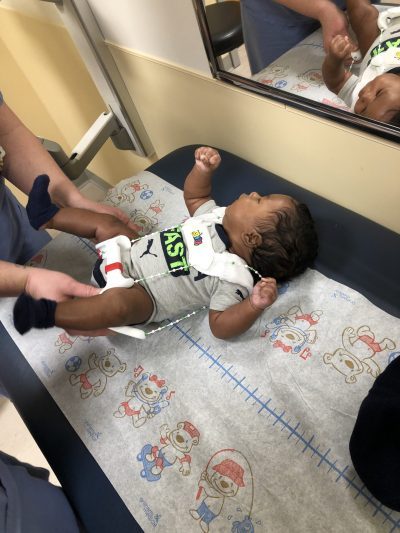 Nason has now been in his brace for almost a week and so far, so good. The very first day was rough as he had to get used to not being able to stretch his legs, but overall, he has adjusted nicely. It has been a challenge for me seeing him so “restricted,” but I have had to remind myself that if all goes well, he will be out of the brace just in time to do things like roll over and crawl. Plus, six to twelve weeks of him wearing a brace now is nothing compared to what a lifetime of hip issues could be.
Nason has now been in his brace for almost a week and so far, so good. The very first day was rough as he had to get used to not being able to stretch his legs, but overall, he has adjusted nicely. It has been a challenge for me seeing him so “restricted,” but I have had to remind myself that if all goes well, he will be out of the brace just in time to do things like roll over and crawl. Plus, six to twelve weeks of him wearing a brace now is nothing compared to what a lifetime of hip issues could be.
Perspective does truly make a difference. Knowing this brace is aiding in giving him a life of physical normalcy helps, too.
This past week has been a whirlwind, but we still have so much to be grateful for: advancements in technology that have afforded us machines to catch these kinds of issues, modern medicine which gives us various options to correct them, a happy, overall healthy baby, and hope for a positive outcome all top the list.















